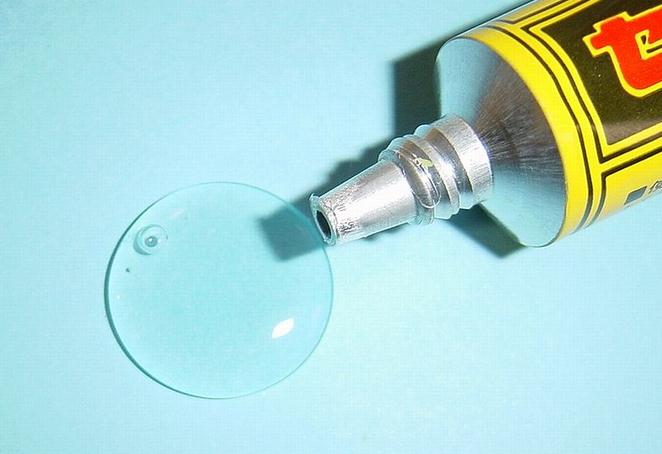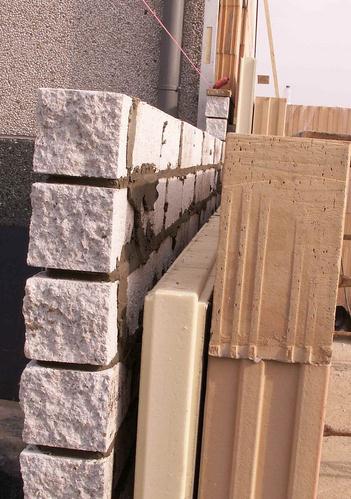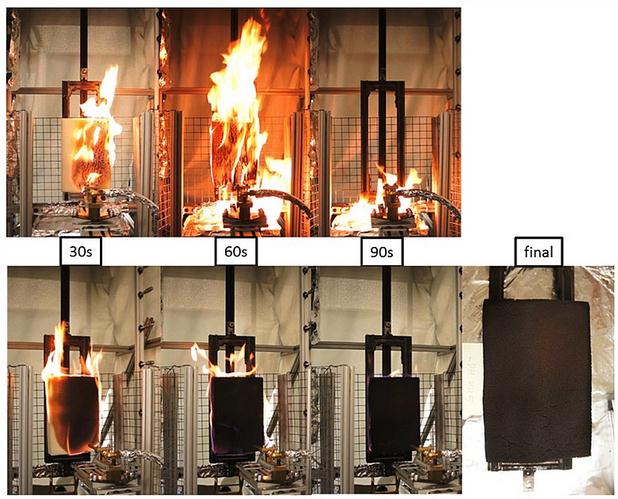There are many different kinds of adhesives out there that differ based on chemical properties. One of these adhesives is polyurethane glue. It was first discovered by a German chemist Dr. Otto Bayer in 1937. These glues are termed the cousins of epoxies and have been around since the 1950s.
As compared to other types of adhesives, polyurethane glue stands out due to its several favorable properties. However, there are some disadvantages as well. In this article, we are going to discuss why we should use polyurethane glue along with its different types. Let’s begin.
What Is Polyurethane Glue?
PU or Polyurethane adhesives are adhesives that are used for higher-strength constructions. These adhesives can be used for both inelastic and permanently elastic adhesives. Although they are mostly based on polymers, several additives are also added.
PU additives are mostly used as two-component adhesives but one-component adhesives are also available. Both types require a chemical reaction of different ingredients. The chemical reaction involves light, moisture, and heat. The glue is in the form of paste and is shrink-free. Once you are done applying it, it can be sanded since it is waterproof.
As a result, PU adhesives along with several other properties mentioned earlier tend to make it a favorable option for all kinds of bonding work. However, PU adhesives are regulated due to their health hazards. Therefore, they are not allowed to be sold to individuals under 18 years of age.
Polyurethane Two-Component Adhesives
PU 2K adhesives are those that are used to bond two surfaces together using a chemical reaction of two components. Typically, a resin and a hardener are used. To ensure that the adhesive is effective, both elements must be mixed using a specific ratio. This means that there are different mixing ratios in case you were wondering how to use polyurethane glue.
Polyurethane adhesives are differentiated based on their level of hardness. First, there are those that feature a high shear strength and are designed for high loads. The second type is designed for high shock loads and elongation at break. And the final type features adhesives that combine the properties of both the adhesives mentioned earlier.
Fields of Application
The use and gluing process of polyurethane adhesives are slightly different. Therefore, a common question asked is how to glue polyurethane. The answer to that is the application of polyurethane glue varies according to the materials or items that need to be bonded. Overall, these adhesives are used for several purposes by different industries.
PU adhesives cannot only be used for bonding metal and wood but also cork, plastic, and glass, etc. Therefore, if you intend to bond different materials, it is suggested that you opt for the best polyurethane glue you can find.
For instance, if you are renovating your house and installing a new floor, polyurethane glue will be a perfect choice for gluing floorboards. But, there is a short time period after which it is going to lose effectiveness if not applied. This is why professionals who know their way around PU adhesives mostly use it.
How to Glue Polyurethane?
If you wish to use polyurethane adhesives on your own, you should know that the ingredients should be properly weighed and measured. For that, it is advised to follow the manufacturer’s instructions. And if you were to ignore the instructions, the adhesive will neither cure properly nor be effective. Plus, you also wouldn’t want to let too much air in as the air bubbles tend to be a weak point.
When it comes to applying polyurethane glue, it is sufficient to apply on one side. You should make sure that the side is clean. Brush the surface to ensure that the PU glue bonds thoroughly but do not overdo it. If the adhesive leaks out from the joints, use a cloth to apply it immediately and do not let it dry. Otherwise, you are going to need a sharp razor to remove dried PU adhesive.
Advantages of Polyurethane Glue
Compatibility
Polyurethane glue is popular due to its compatibility. It can be used to bond different materials such as concrete, wood, and glass, etc. But then again, the process of application might differ for some. For instance, if you plan on gluing nonporous materials like metal and non-metal, you need to moisten them before gluing.
WaterProof
Another advantage of using polyurethane glue is that it is waterproof. Since these adhesives are designed to prevent humidity, moisture, and water from entering, they can form a tough barrier. As a result, PU adhesives are perfect for outdoor projects but cannot withstand being submerged in water for extended periods.
Paintable & Set-Time
Some adhesives lose their adhesiveness if painted but that is not the case with PU glues. As mentioned earlier, these glues can be sanded once dried and painted whatever color is desired.
At the same time, polyurethane glues require comparatively less setting time than epoxies. Meaning that a worker does not have to hold two components together while waiting for the glue to dry.
Disadvantages of Polyurethane Glue
Strength
Polyurethane glues are divided into different types based on their strength and bonding ability. As a result, there are some relatively less strong than epoxies. So, you will want to make sure that the type you are using is up to the task. Additionally, only go for premium polyurethane glues instead of cheap ones that are not as effective in the long run.
Durability
Air bubbles and water both are proven enemies of polyurethane glues. With time, the glue can absorb water, which makes it less adhesive. However, due to technological advancement, newer glues can withstand water for a comparatively longer time period but not for too long.
Toxicity and Short-Shelf Life
Polyurethane glues contain carcinogens that are extremely harmful to health. While using such adhesives, you should assure proper ventilation as constant exposure can lead to serious chronic diseases. Plus, you would also want to wear gloves
Another downside to using polyurethane glues is that they have a maximum of 1-year shelf-life to offer. This is due to their ability to absorb water from the surrounding atmosphere.
Final Word
Working with polyurethane glue is easy. You just have to keep in mind its curing time and keep it away from air bubbles and excess moisture. In addition to that, considering its health hazards, you should always wear protective gloves and glasses. PU adhesives are strong and take no time to dry. While this can be good news for many, that doesn’t call for ignoring the disadvantages.


